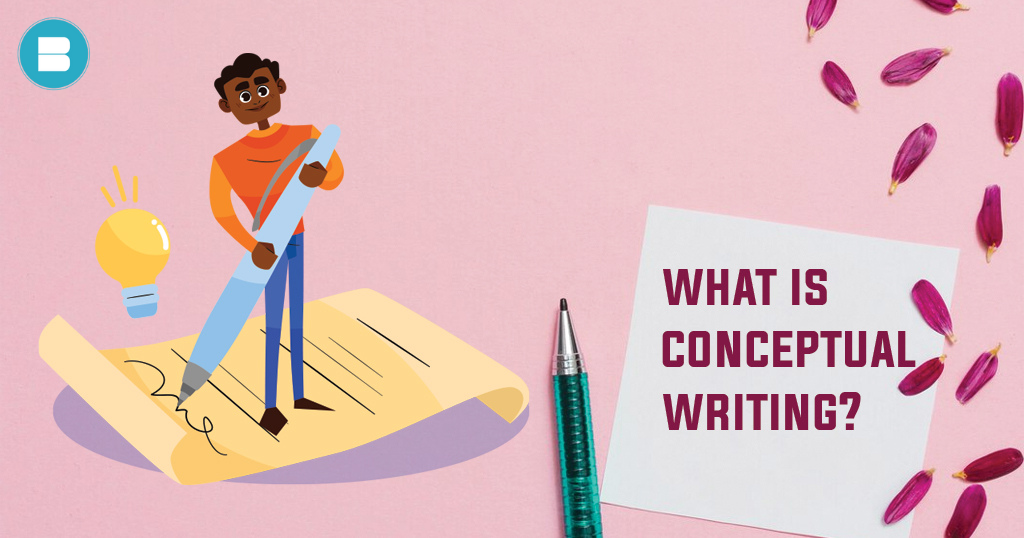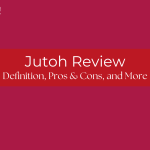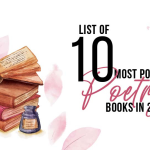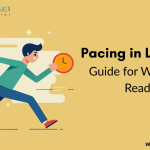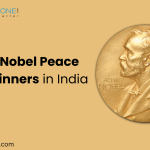Conceptual writing, a separate method within the field of literature, defies conventional rules by elevating ideas, concepts, and intellectual engagement above typical storytelling tactics. Conceptual writing, which is rooted in the investigation of mind and language, blurs the borders between literature and art, encouraging readers to comprehend words beyond their literal meanings.
Read: List of 10 Tips for Embarking on Your Creative Writing Journey.
We’ll go into the realm of conceptual writing in this complete guide, looking at its definition, important aspects, kinds, and significant thinkers.
Understanding Conceptual Writing
By emphasising ideas and language above traditional narrative structures, conceptual writing differs from traditional storytelling. Rather of following conventional narratives or character arcs, conceptual authors investigate the complex link between language and concepts. They push the boundaries of language through linguistic experimentation, enabling readers to actively engage in interpreting underlying meanings.
This method reimagines the author-reader relationship, enabling readers to become participants in defining the text’s importance. Conceptual writing emphasises ambiguity, intertextuality, and unorthodox forms, arousing intellectual interest and questioning accepted literary standards. It blurs the lines between writer and reader, allowing a transformational reading experience focused on investigation, interpretation, and the subtle intricacies of language and ideas.
You may also read: 5 Act Structure: Definition, Examples and More
Elements of Conceptual Writing:
- Language Play: Conceptual writing thrives on linguistic experimentation. Writers manipulate language through wordplay, puns, repetition, and decontextualization to provoke thought and evoke emotions.
- Intertextuality: Intertextual references to existing literature, philosophy, or culture enrich the layers of meaning within conceptual texts, inviting readers to unravel intricate connections.
- Visual and Spatial Arrangements: Some conceptual texts incorporate visual or spatial arrangements, blurring the boundaries between literature and visual art. The visual presentation of words contributes to the text’s conceptual impact.
- Constraint-Based Writing: Conceptual writing often employs self-imposed constraints, such as using limited vocabulary or adhering to specific formal structures, to stimulate creativity and highlight the power.
You may also like: Literary Elements: A Complete List of Powerful Literary Devices
You may also read: 150+ Positive Words That Start with O to Brighten Your Vocabulary
Types of Conceptual Writing:
Here’s a list on Types of Conceptual Writing:
- Conceptual Poetry
- Found Texts
- Erasure Poetry
- Interactive Texts
- Language-Based Art
- Conceptual Poetry: Conceptual poetry deviates from traditional poetic rules by emphasising conceptual investigation above traditional features such as rhyme and metre. These poems dive into the inner intricacies of language itself, probing its bounds and delving into philosophical issues. Rather than following rigid rules, conceptual poetry enables readers to interact with abstract concepts and the underlying nature of language, encouraging intellectual curiosity and inquiry. It redefines the aim of poetry with its unique method, forcing readers to look beyond the boundaries of traditional aesthetics.
- Found Texts: Found texts are derived from existing sources such as ads, legal papers, or historical records in the area of conceptual writing. These writings are reused in order to question traditional readings and develop new meanings. Conceptual authors challenge readers to reexamine their previous assumptions and face the malleability of language by combining parts of known speech into new situations. This technique not only breaks established tales, but it also forces a reconsideration of the basic meanings hidden within these writings.
- Erasure Poetry: Erasure poetry is a style of creative writing in which poets carefully delete or modify words from existing texts to create new poems. This method emphasises the importance of omission and negative space, demonstrating how the lack of specific words may elicit strong emotions and inspire readers to fill in the gaps with their own interpretations. Writers create poems that emphasise what is left unsaid by constructing new compositions through the act of erasure, encouraging readers to investigate the synergy between presence and absence inside language.
- Interactive Texts: Some conceptual literature explores digital or interactive formats, allowing readers to actively shape the narrative. These writings go beyond standard reading experiences by encouraging readers to modify the text, make decisions, and influence the narrative’s path. Interactive texts, by transforming readers into co-creators, offer an immersive and engaging reading experience that blurs the barrier between author and audience, revealing the dynamic possibilities of language in the digital age.
- Language-Based Art: Conceptual writing can progress beyond ordinary literature to become language-based art installations. In this fashion, words become visual components merged into wider creative contexts. These artworks question the traditional separation of words and visual aesthetics, fusing the two to elicit emotions and inspire thinking. Language-based art installations bridge the gap between written communication and visual expression by translating words into visual components, exhibiting the plasticity of language as a medium for transmitting ideas and emotions in multiple ways.
You may also like: How to Publish a Book? | Publish Your Book | BlueRoseOne
Famous Conceptual Thinkers
Notable conceptual thinkers include:
- Kenneth Goldsmith: An influential figure in conceptual writing, Goldsmith’s works often explore language, culture, and the boundaries of authorship.
- Jen Bervin: Bervin’s conceptual projects encompass poetry, visual art, and science, often intertwining these disciplines to engage with complex concepts.
- Christian Bök: Bök’s “Eunoia” exemplifies the potential of language manipulation as he crafts chapters using only one vowel per section.
Starting Your Conceptual Writing Journey.
- Identify Your Concept: Every conceptual composition starts with a fundamental notion or concept that acts as the foundation for your work. This term may apply to a wide range of issues, from abstract to tangible. It’s the driving force behind your writing, defining the direction and meaning of the story. Whether you’re dabbling in linguistic experimentation or delving into philosophical investigations, clarity regarding your selected subject gives your writing trip direction and purpose. Consider the relevance of your notion, the issues it raises, and the effect you hope to make via your investigation as you identify it.
- Experiment with Language: Conceptual writing allows authors to experiment with words. Experimenting with language, structure, and form helps you move beyond standard ways of expression. Disrupt existing standards by rearranging words, sentences, and grammar to express your selected notion in novel ways. The idea is to take readers on a linguistic trip that will make them reconsider language’s intrinsic capacities and relationships. Consider how your language choices match your subject, improving its depth and resonance while encouraging readers to encounter language for the first time.
- Embrace Constraints: Constraints may seem paradoxical to creativity, but they function as spurs for originality in conceptual writing. Your creative process is guided by self-imposed limits, which inspire you to think beyond the box. Constraints might range from employing a limited language to conforming to a given formal framework. Working within these constraints forces you to think creatively and create compositions that highlight the power of words and thought. Constraints drive your creativity, allowing you to efficiently channel your thoughts and present your vision with clarity and impact.
- Engage with Intertextuality: Intertextuality enhances conceptual writing by creating a complex tapestry of links between your work and existing literature, philosophy, or cultural references. You allow readers to investigate deeper levels of meaning by including allusions, quotes, or connections to other works. Intertextuality enriches your writing by developing links between your notions and larger cultural settings. It helps readers interact with your work on several levels, depending on their knowledge of the cited material, to better grasp your notion. Intertextuality converts your writing into a dynamic interaction with other texts, philosophers, and ideas, enhancing your work’s intellectual environment.
Read: Here’s a list of 10 Most Popular Poetry Books to Read in 2023.
Conceptual writing is a dynamic and thought-provoking approach that reshapes literature’s boundaries. By prioritising ideas, language play, and intertextuality, conceptual writers invite readers to explore texts in new and profound ways. From conceptual poetry to interactive texts, this form of writing celebrates the fusion of language and thought, inviting us all to participate in the co-creation of meaning.
Publish your book with BlueRoseONE and become a bestselling author. Don’t let your dream of becoming an author fade away, grab the opportunity now and publish your book – be it fiction, non fiction, poetry or more.

